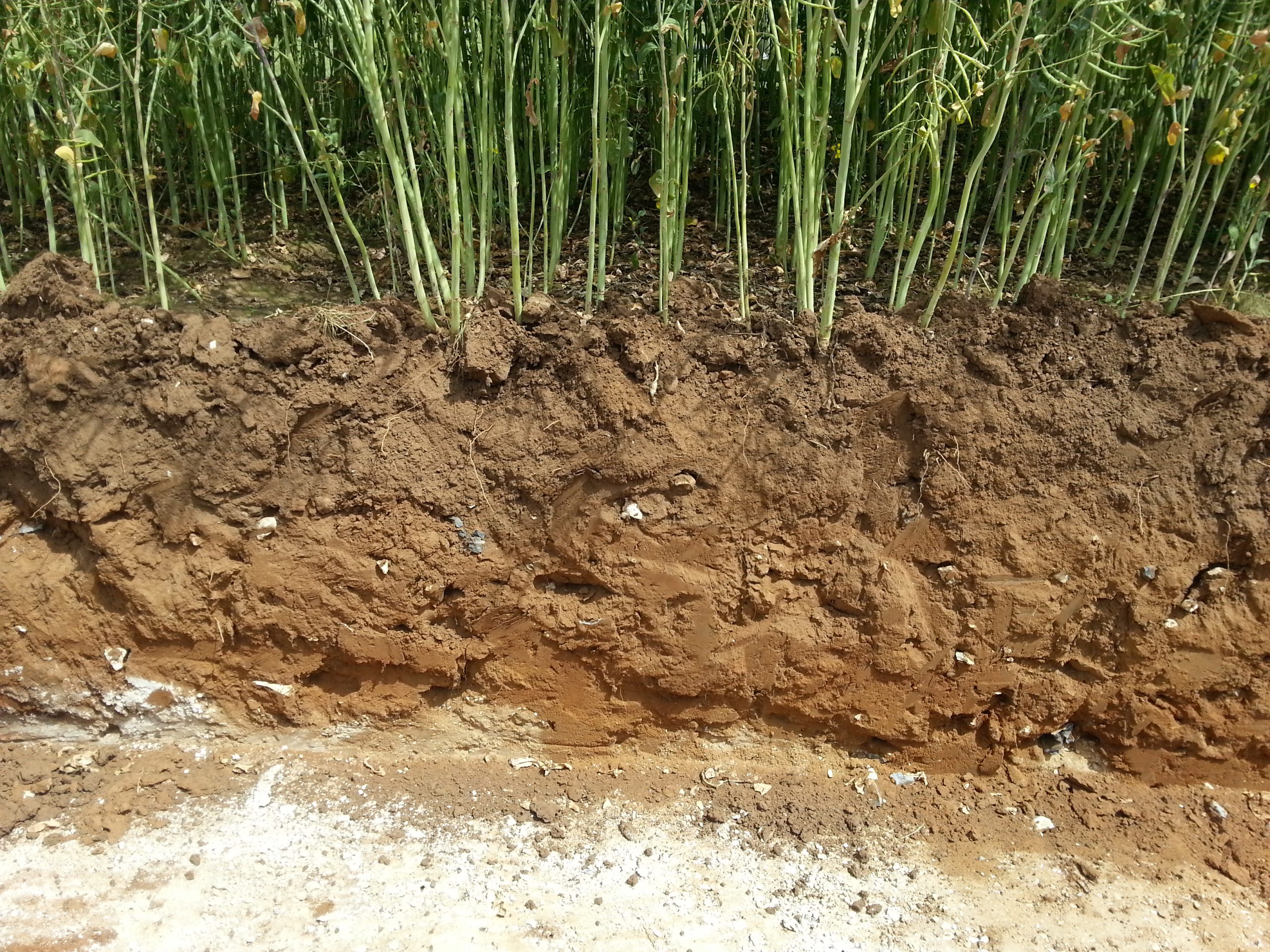Autumn and spring planning offer the opportunity to make changes, not just in your choice of crop or variety grown, but more significantly to your farm’s bottom line, soil health and your financial wellbeing.
If you change nothing else in the coming season, change what you know and understand about your soil, it is your biggest asset, both financially and as a resource. There are certain aspects of your soil characteristics that you can’t fundamentally change: pH, cation exchange capacity (CEC) and base saturation (BS%). These can be tinkered with, but the costs to alter the levels significantly are not viable, therefore they provide some operational boundaries. With sustained effort it is possible to increase levels of organic matter (OM%) and with it improvements in the soil microbial health of your soil, which will have many beneficial effects documented elsewhere in the blogs.
There are, however, three main aspects of crop nutrition optimisation (below) that you need to understand for each growth stage of your crops to maximise production.
- phosphate availability
- the availability of other major and minor nutrients
- the availability of micronutrients
This optimisation can only be achieved when you know and understand, what you currently have in term of levels in your soil, what is available for your vegetable or potato crop to use and what needs to be added and when.
Unfortunately, the current soil analysis standards laid out by DEFRA in RB209 are insufficient to ascertain true nutrient availability for almost all major, minor and micronutrients. In many cases the relationship between the reported analysis figure and true nutrient availability is quite poor.
Likewise, the often touted basic cation saturation ratio (BCSR) approach to soil analysis is based on the (false) assertions that there are strict confines of ideal ratios of the major cations calcium (Ca), magnesium (Mg) and potassium (K), known as the golden ratio of 65% Ca, 10% Mg, and 5% K. The understanding was founded on limited original soil samples and crop research in America in the 1930s and 40s and it simply does not give you the technical analysis or interpretation needed to see the ‘full picture’ of your soil health today. While it is true that these nutrients do compete and interfere with each in terms of crop availability, the concept of ratios is more complex than the simple “golden ratio” concept.
In the last 90 years, soil and plant molecular biology has moved forward vastly, gaining a greater understanding of how many other soil nutrients play pivotal roles in crop growth, quality and stress resistance.
Using new and extended methods of analysis combined with software algorithms to evaluate the results provides a detailed assessments of all required nutrients (phosphorus, potassium, magnesium, calcium, sodium, sulphur, manganese, zinc, iron, copper, boron and molybdenum) present and available for plant use as well as other inter-dependable ratios, and allows a tailored approach of ‘only when needed’ to additives, in conjunction with crop and variety requirements.
For example, by knowing what your soil’s OptiYield® Phosphorus Sorption Index © (measured and calculated), you have the information on which to calculate not only the optimum level of phosphate fertiliser to apply, but also the best formulations and methods for maximum effect and minimum wastage.
Again, the micronutrient levels while they may seem like a ‘nice to know’, do in fact provide a fundamental part of the picture with their plant availability often being critical to plant health and crop development.
It’s understandable that the idea of gathering, analysing and then interpreting this data into an action plan field by field would cause the majority of people weeks of calculations and ‘analysis paralysis’. However, OptiYield specialises in undertaking the sampling, analysis and the development of tailored field plans by crop variety. By not taking a dated ‘one-size-fits-all’ approach, it utilises a series of algorithms that has been developed from 10 years’ extensive research and development in soil and plant nutrient utilisation.
The results of the algorithms are presented by field as a detailed, easy to read set of tables and graphics highlighting areas of deficiency or concern. The results are then automatically translated into an action plan by macro/micro nutrient and fertiliser application by growth stage.
As with all business decisions, they are better made when you can see the full picture, based on information that is measurable and quantifiable. Within farming, it is often accepted that you have to work with a ‘part picture’ due to the ‘unknowns’, such as the weather and market prices, but your soil health need not be an unknown any longer.


